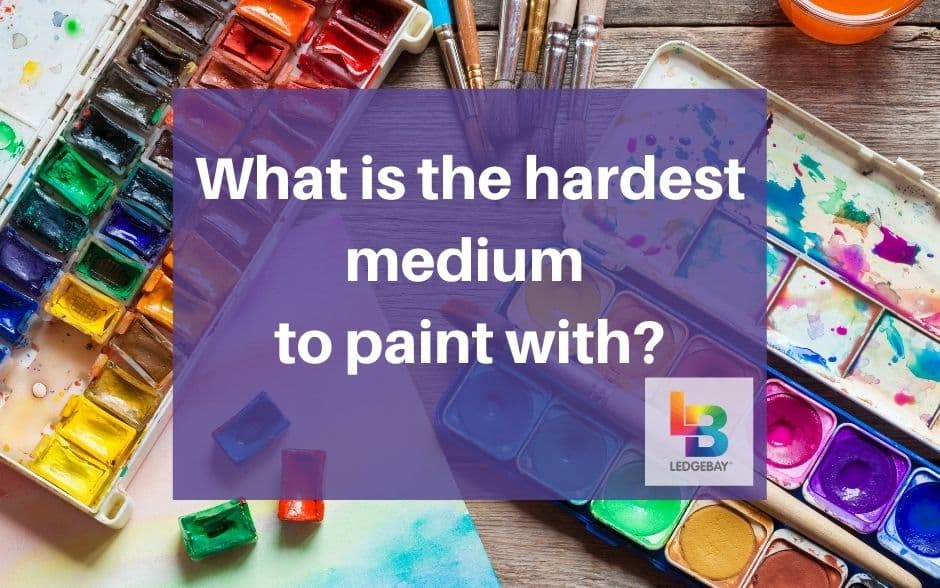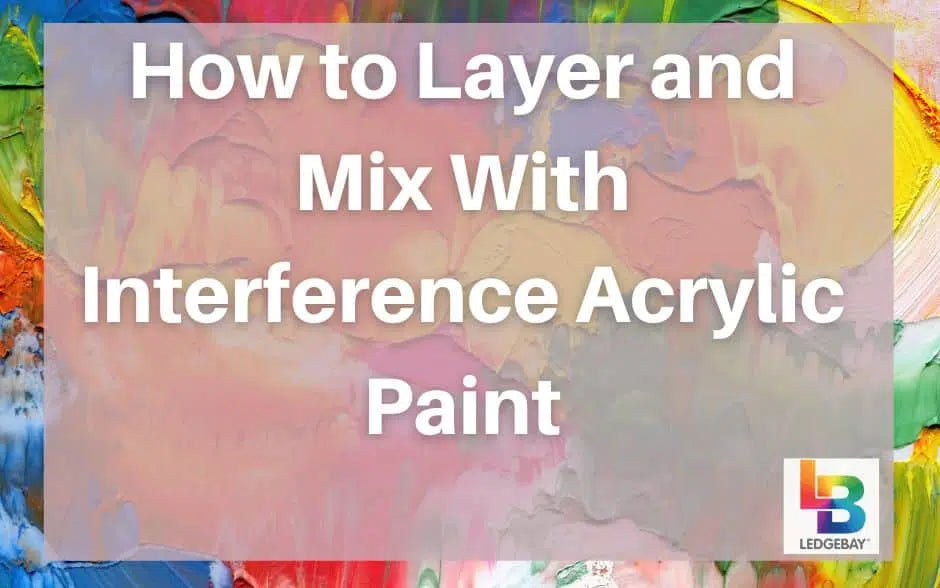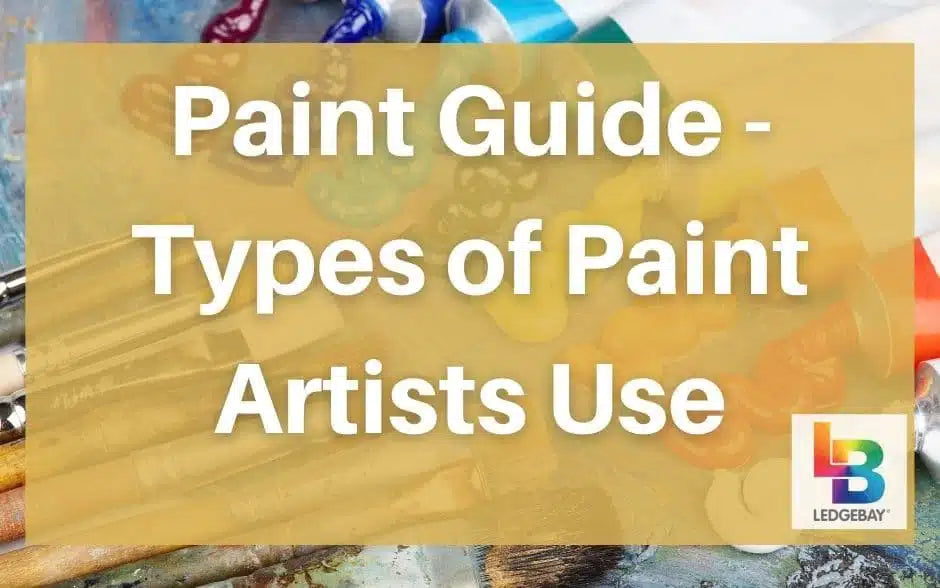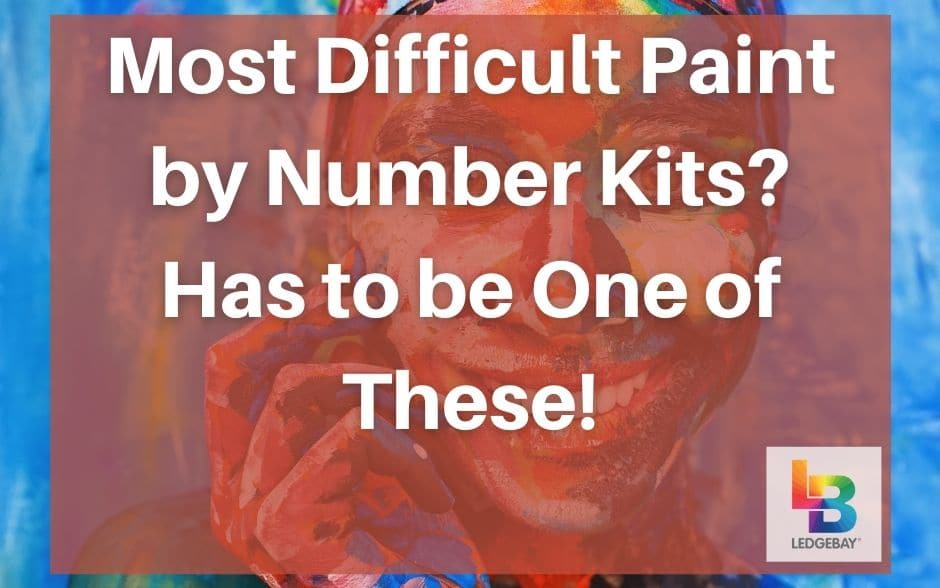What is the hardest medium to paint with? Are you new to painting? Those who are, need to make an important decision upfront; what medium to use? There’s an array of paints to choose from, and choosing can certainly be costly—which is why you need to be smart about it!
Different mediums require different techniques. Some might argue against this, but we’d say that different mediums also possess different levels of difficulty . Today, we’re going to explore some of the mediums you can use, including the hardest of them. Hop in!
What Is the Hardest Medium to Master?
Of course, the answer to your question varies.
Like a lot of things in life, it’s a highly subjective matter. While some might find a particular medium to be hard to work with, others won’t; they might even enjoy it!
However, popular opinion has something to say about this. In fact, there’s a consensus that the hardest medium to paint with is watercolor .
To some, this might be a bit surprising. Watercolor seems quite accessible: it’s readily available everywhere, it’s inexpensive, and it doesn’t require things like mineral spirits, scrapers, or glass palettes. With watercolor, all is just paint and water .
Of course, this is all true. Watercolor painting is low-maintenance. Yet, it’s the hardest to master, and many would agree that it’s the most challenging medium to paint with.
Why Do Some Consider Watercolor to Be So Hard?
Being water-based, watercolor has more viscosity than other paints. That means it’s a little bit more “independent” than other mediums; it seeps, it stains, and it takes whatever shape it wants.
The main reason that makes watercolor paint so appealing for some is the same reason it’s hard for others; consistency.
Due to its watery consistency and translucency, watercolor demands precision and technique. That’s why beginners are so wary of it; it requires technical skill that they’re still trying to build.
Hard to Manipulate
Because of watercolor paint’s transparent nature, you can’t layer lighter colors on top of darker ones. In contrast, oil and acrylic paint give you plenty of freedom: you can layer dark on light, and light on dark.
What if you use the wrong color, though?
Watercolor is extremely stubborn, leaving little flexibility for painters. There’s no room with watercolor to rework or paint over your mistakes. One small mistake will stay visible through multiple layers.
Oil and acrylic , on the other hand, are more flexible to work with. If you make a mistake, you could always add some extra layers on top and fix it.
You can wait until it dries and then paint over. This is another thing you can’t do with watercolor without easily damaging the paper.
Too Fluid
This is a result of its low viscosity. Watercolor paint is extremely prone to bleeding. If you’re not careful, it can ruin a painting .
It’s also hard to create a contrast or mix with it if you’re a beginner. Sometimes, colors can even separate after mixing.
Since they’re also flat, watercolors occupy greater space on the palette. This slows down the mixing process, especially if you’re trying to mix multiple shades at once. You also have to be careful not to hold your palette at an angle, as colors can easily drip into each other.
Hard to Layer
Remember when we talked about layering? Well, even if you try to layer with watercolor, you’ll face some considerable degree of difficulty at first. Of course, you can successfully layer, but the paper has a limit—and when it hits that limit, it won’t cooperate.
This deems watercolors unsuitable for underpaintings and glazing. Both are doable but somewhat tricky due to the paper’s ability to accommodate the paint .
What Is the Easiest Medium to Paint With?
If watercolor is the hardest, then what is the easiest medium to paint with?
It’s widely agreed upon; acrylic is the easiest medium to paint with. It shares many of its advantages with watercolor paint and improves upon its downsides. For starters, they’re both easy to clean, odorless, and non-flammable. They’re also low-maintenance.
Yet, unlike watercolor, acrylic leaves plenty of room for error. If you make a mistake, you could always hide by layering paint—something you can’t do with watercolor.
Acrylic is also easier to manipulate than watercolor. Both require skill, but the former is more forgiving than the latter due to its flexibility.
Many complain about how quickly acrylic dries, but that’s why paint retarder exists. It also goes without mentioning that there are slow-drying forms of acrylic paint .
There’s an array of acrylic paint types tailored to suit preferences regarding both texture and absorbency. You can also find acrylic paint readily available in different viscosities. Acrylic paint is available in both watery consistency and heavy consistency. The same applies to texture.
The only bad thing about acrylic paint is that it sometimes contains ammonia. Although non-toxic, it can provoke a sensitivity in some people. We’d definitely recommend that you use acrylic paint in an area with plenty of ventilation.
What Is the Hardest Painting Style?
This is a difficult question to answer. All painting styles are hard to master . Of course, you might look at a Mark Rothko painting being sold for millions and think, “Absolutely not!”
Again, this is another highly subjective matter. Opinions undoubtedly vary, but they do lean towards one challenging painting style in particular. That style is called “hyper-realism .”
The reason hyper-realism is considered to be so challenging is because of its nature. Hyper-realism paintings are characterized by their incredibly realistic depictions of their subjects.
The resemblance is uncanny, and the accuracy is scary. You’re supposed to look at a painting and think, “Is that a photograph or a painting?”
Due to their ultra-realistic portrayal of subjects, painters need to pay incredible attention to the small things . Accuracy demands an eye that cares for tedious details, color, and perspective. One good example of this is Red Marjana by hyper-realist painter Claudio Bravo .
Lots of people aren’t fans of hyper-realism. It stays too faithful to its subjects. Plus, if people wanted to look at photographs instead of paintings , then they would have. However, no one can deny the skill or technique that goes into such paintings .
What Is the Most Difficult Art Form?
All art requires practice. There’s no singularly challenging art form . However, if we discuss technique, then we’d have to cast a serious look at classical sculpture.
With paint, there’s room for mistakes. There’s room for manipulation, which is something you aren’t granted with classical sculpture. You simply can’t manipulate a sculpture the same way you can manipulate acrylic paint on acanvas .
It only takes one look at Ugolino and His Sons by Jean-Baptiste Carpeaux to understand this sentiment. In addition to that, you have to combine technical excellence with emotional expression, which isn’t easy.
Conclusion - What is the hardest medium to paint with?
For a recent painter, all painting mediums are challenging. However, we’d have to say that watercolor is especially unforgiving to those unfamiliar with it.
The truth about watercolor is that it’s hard to master, and it certainly isn’t beginner-friendly. However, it reaps beautiful results with its transparent sheen and vibrant colors . It’s a high-risk, high-reward medium. And if you’ve got skill? Then it’s glorious.
Check out the Ledgebay Shop For the latest acrylic Paint By Numbers -->CLICK HERE











